Zenker Diverticulum
Article Sections
Introduction
Zenker (pharyngoesophageal) diverticulum is a sac-like outpouching of the upper esophagus. It forms when diminished relaxation of the cricopharyngeus muscle during swallowing results in increased intraluminal pressure in the hypopharynx, which causes the mucosa to herniate. It typically presents in patients age >60 with dysphagia, halitosis, and regurgitation of undigested food. Aspiration can also occur, sometimes leading to pneumonia.
Pathophysiology
Normal deglutition (swallowing) is a complex process that involves 3 phases (video 1):
- In the voluntary oral phase, the food bolus is collected in the back of the mouth and lifted upward to the posterior wall of the pharynx.
- This initiates the pharyngeal phase, which consists of involuntary pharyngeal muscle contractions (eg, soft palate elevation, base of tongue pushing posteriorly) that propel the food bolus to the esophagus. The airway is protected during swallowing when the larynx is displaced superiorly and anteriorly, sealing the laryngeal vestibule by the epiglottis tilting backward, and when the glottis is closed off by vocal fold adduction (closing). For the bolus to pass out of the pharynx, the upper esophageal sphincter (UES) relaxes and the inferior pharyngeal constrictor muscles contract, which generates enough pressure to push the bolus into the esophagus.
Continue Learning with UWorld
Get the full Zenker Diverticulum article plus rich visuals, real-world cases, and in-depth insights from medical experts, all available through the UWorld Medical Library.
Figures
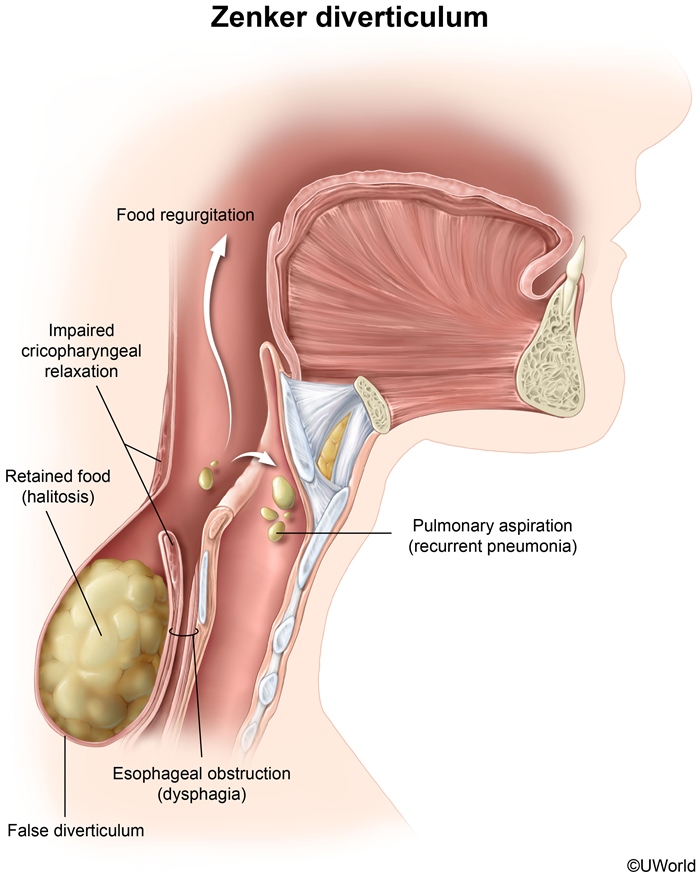
Figure 1
Images
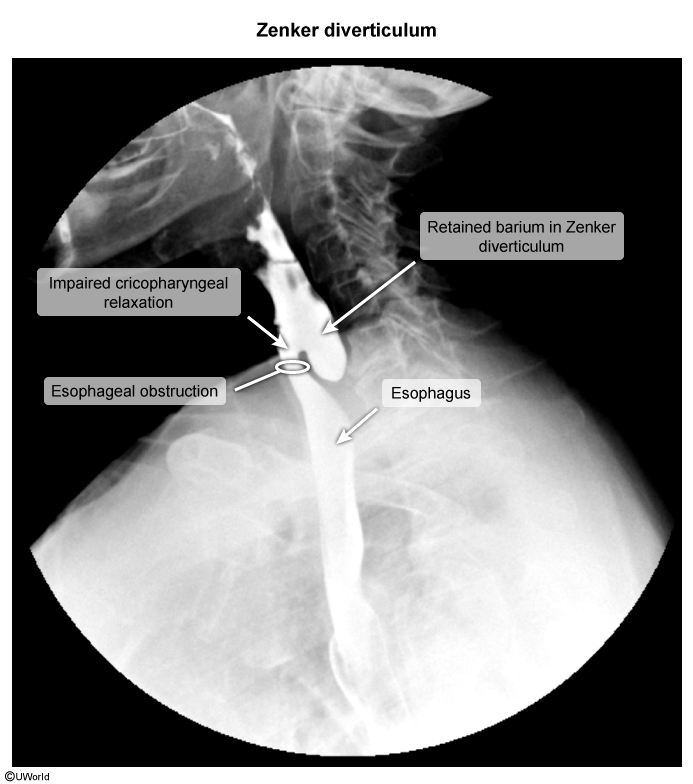
Image 1
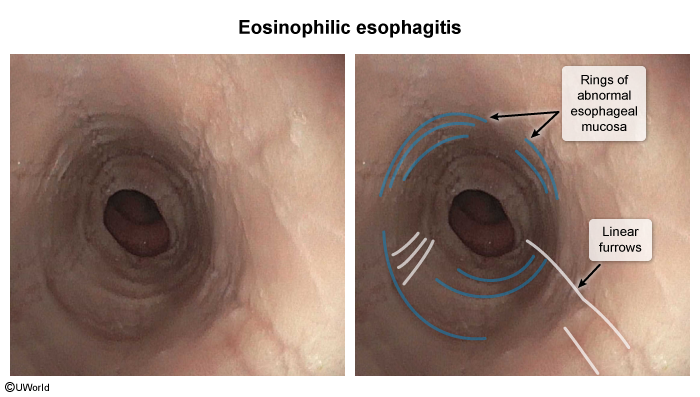
Image 2
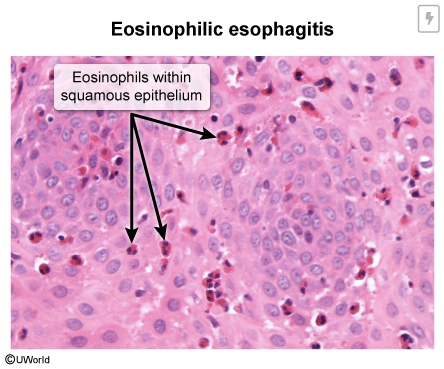
Image 3
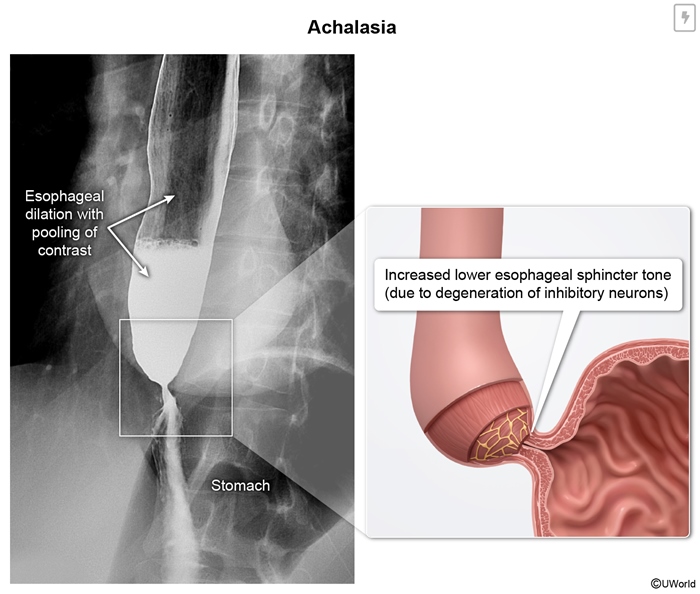
Image 4